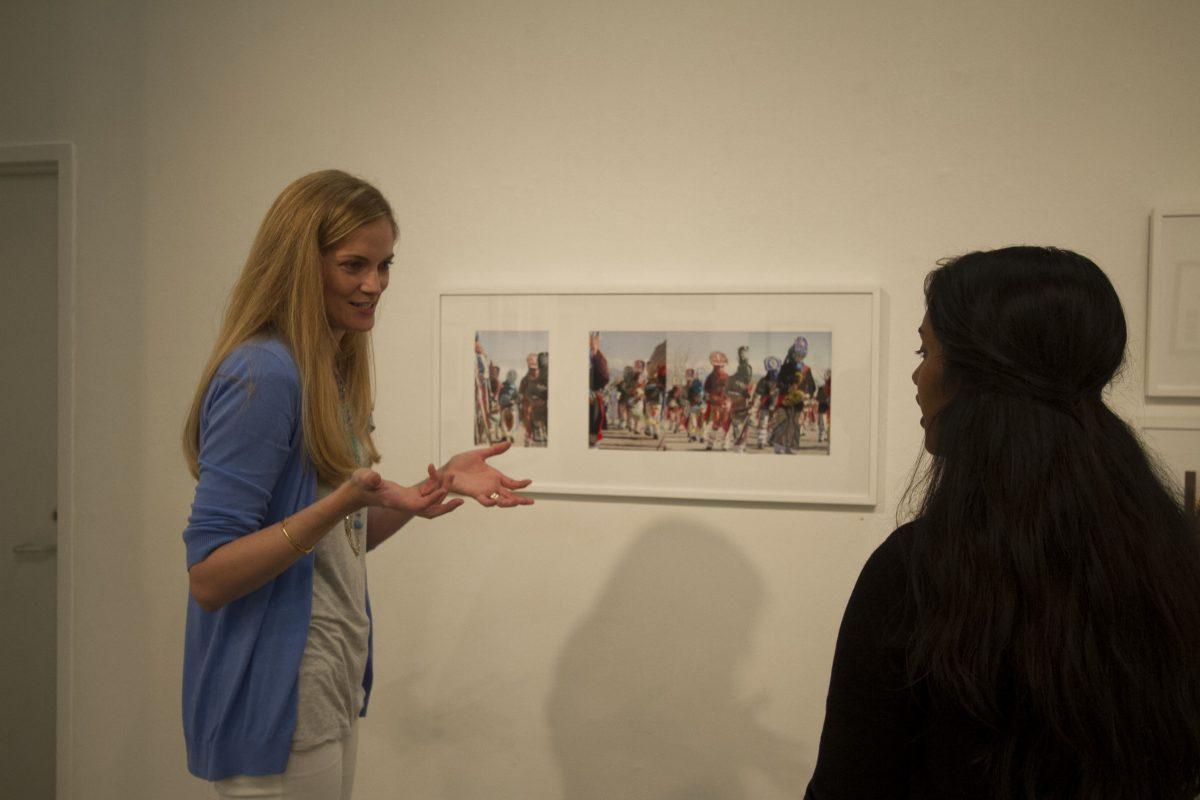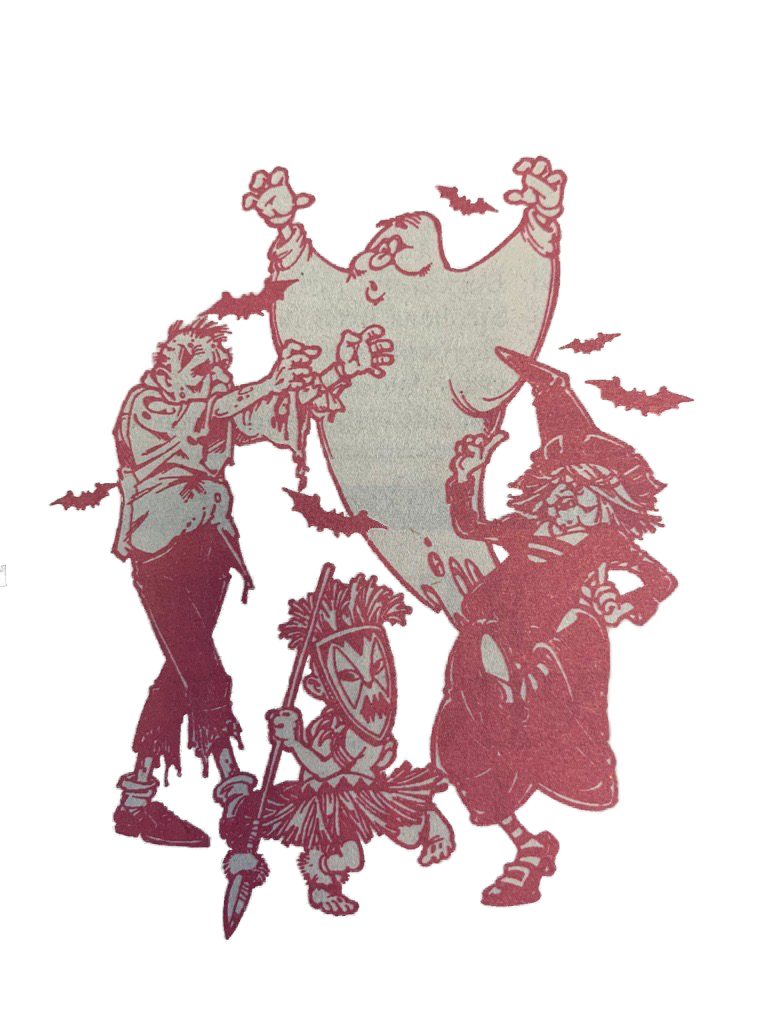An outsider’s glimpse into a sacred holiday is showcased through photographer Lilly Albritton’s gallery, “¡Que Viva la Virgen de Guadalupe!”
Albritton, a UTD alumna who got her Ph.D. in Humanities-Aesthetic Studies, spent the last decade traveling across the American Southwest capturing the celebration of the Virgin of Guadalupe. Her traveling gallery stopped at UTD from June 26 to July 24.
According to tradition, the Virgin originally appeared in Mexico City to Juan Diego on Dec. 12, 1531 and asked for a church to be built in her honor. She then proved her identity with two miraculous signs. Since then, Dec. 12 has been revered as a day of celebration for the Virgin.
“I’ve always had a fascination with the Virgin of Guadalupe,” Albritton said. “I saw her in unexpected places like car bumper stickers, tattoos or even an air freshener. And I was intrigued by this figure; who is this figure we see in so many places and not just the church?”
Beginning in Mexico City in 2008, she began capturing photos of celebrations commemorating the Virgin. Over the next 10 years, she traveled from San Antonio to Los Angeles to chronicle how people viewed the Virgin.
In Dallas, a procession in her honor was almost 6 miles long, while in Los Angeles, normal civic life was suspended for the day as a torch from the Basilica of Our Lady Guadalupe was relayed from Mexico City to the metropolis. Las Cruces, N.M., had an elaborate festival that lasted three days while Phoenix had dancers.
“Each city had its own way of celebrating, but they do all draw on the common elements of the apparition story, songs, chants and dances,” Albritton said.
Albritton knew from the beginning there were challenges to be faced when capturing these ceremonies.
“I didn’t want to intrude and I knew I was entering these celebrations as an outsider,” Albritton said. “I made sure I was a very well informed outsider and I knew what to look for.”
She said she wanted to create a genuine and authentic representation of what this celebration meant, so none of her photographs are posed.
“They had pride in their culture, pride in their religion, pride in their city and pride in their family,” Albritton said. “So they were happy to see that someone else was interested.”
In Albritton’s work, old world images are often juxtaposed with new world features.
“You see little girls dressed as Guadalupe, but you can see their blue jeans and Converse sticking out underneath their dresses,” Albritton said.
In many of the photographs, the colors and statues of Guadalupe are prominently displayed in gas stations, beautiful churches or on the street with Chevys and Fords. While a few aspects of the celebration have been modified to accommodate current technology, the core values and rituals have been preserved.
Albritton’s goal was to create an archive of this cultural event, not only for the devotees of Guadalupe, but also as an introduction to people who are on the outside of this tradition. She said she aspired to portray these events as beautiful acts of faith that happen every year for the Virgin.
As times change, technology advances and cultures morph to fit their environments, she said she hopes to preserve these celebrations through photographs.
While the Southwestern portion of her gallery is complete, Albritton plans to travel to New York and Chicago to witness their processions and celebrations. She looks forward to continuing to share her passion of the Virgin with others.
“Altogether, it’s a really beautiful event,” Albritton said.




